Of course, this is no forum for changing holiday pics

I do it anyway as I hope that some of mine might be of interest for you. Whoever has got the opportunity to visit the Slovenian-Italian border won't only see a beautiful landscape and enjoy great holidays but visit a region that had a totally different appearance 100 years ago: Around the Isonzo (Soça) the most cruel battles on the southwestern front took place between 1915 and 1917, that is between the Italian declaration of war towards Austro-Hungaria in Mai '15 and the 12th Battle on the Isonzo in autumn 1917 which is also known as the Battle of Caporetto and drove the front downwards to the Piave river. The frontline went from the Swiss border to the Mediterranean Sea (shaping a huge "S"), but in Southern Tyrol and Kärnten it was more or less a war without huge offensives. To break through the Austro-Hungarian front at the Isonzo and to conquer Gorizia (Görz) and Trieste (Trst) was the main Italian goal. Therefore they tried to break the deadlock in 11 fierce battles between Bovec in the North and Monfalcone in the South:
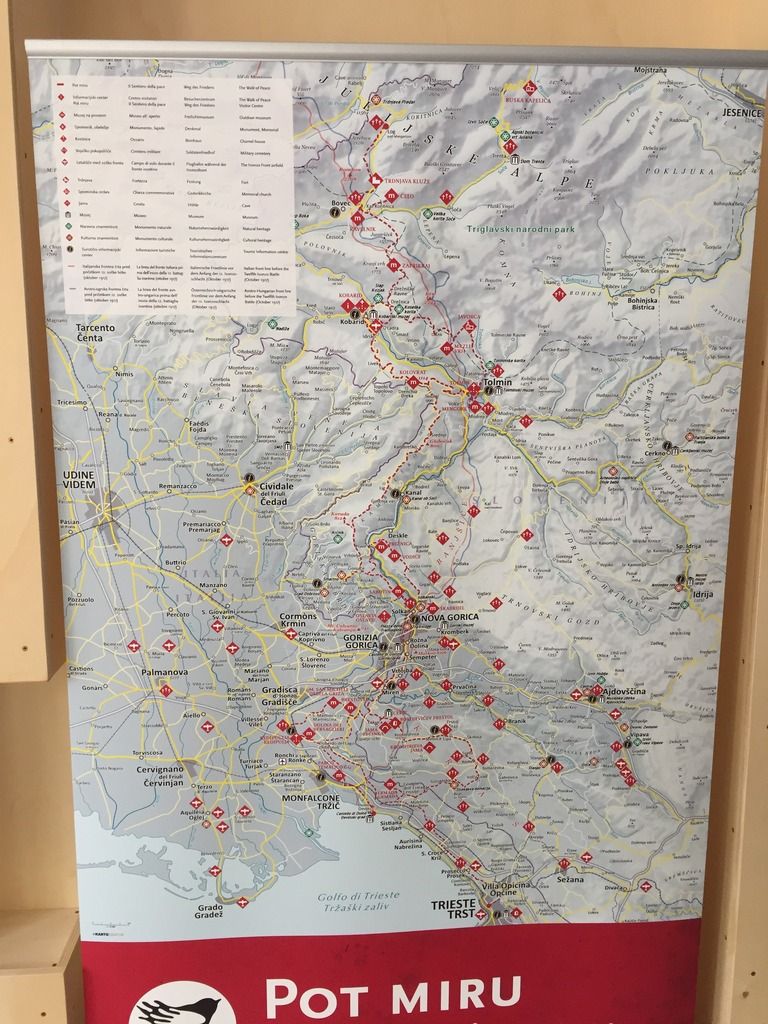
Please have a look at all the airfields on this map!
The upper Isonzo river at Karfreit/Kobarid/Caporetto
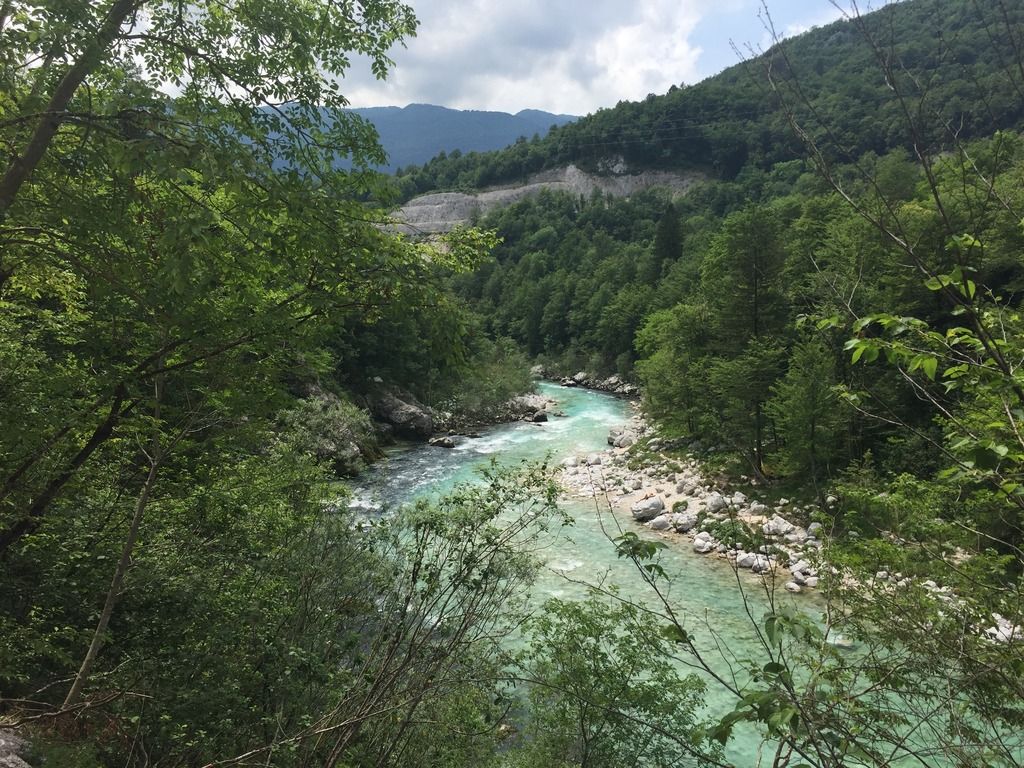
View on Caporetto like the Austrians and Germans had, attacking from Tolmein, on October 24 1917 in the 12th Battle of Isonzo:
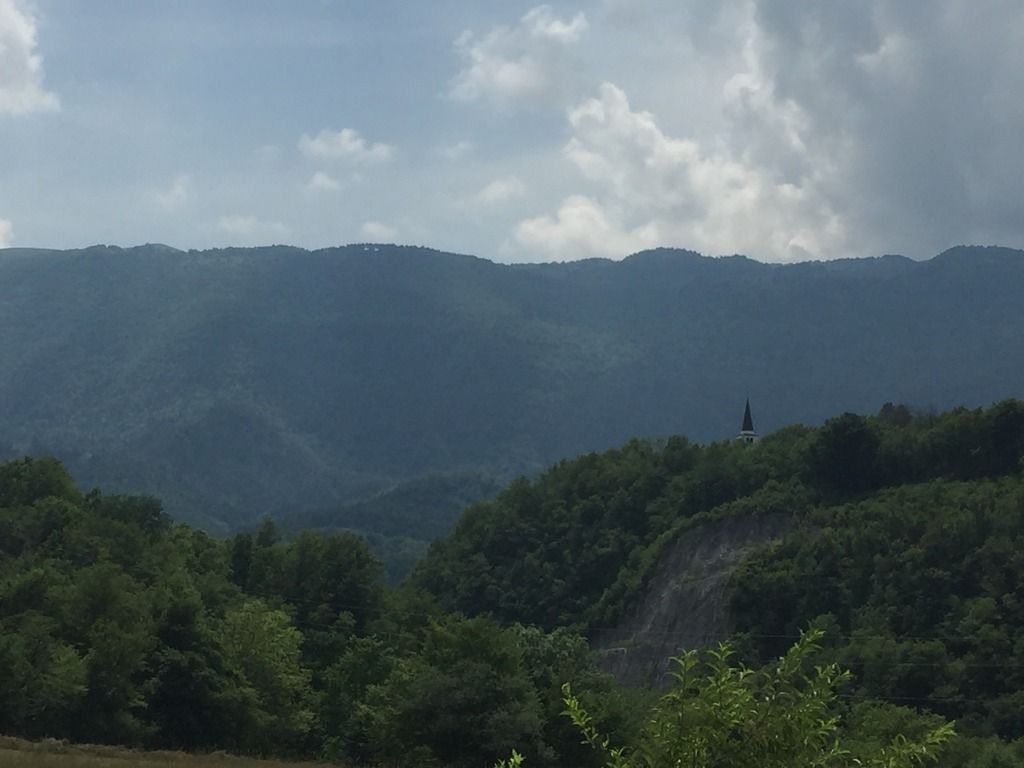
There is also a very nice museum at Caporetto.
Caverns on the Monte S. Michele:

Italian guns on the Monte S. Michele (not identified yet):
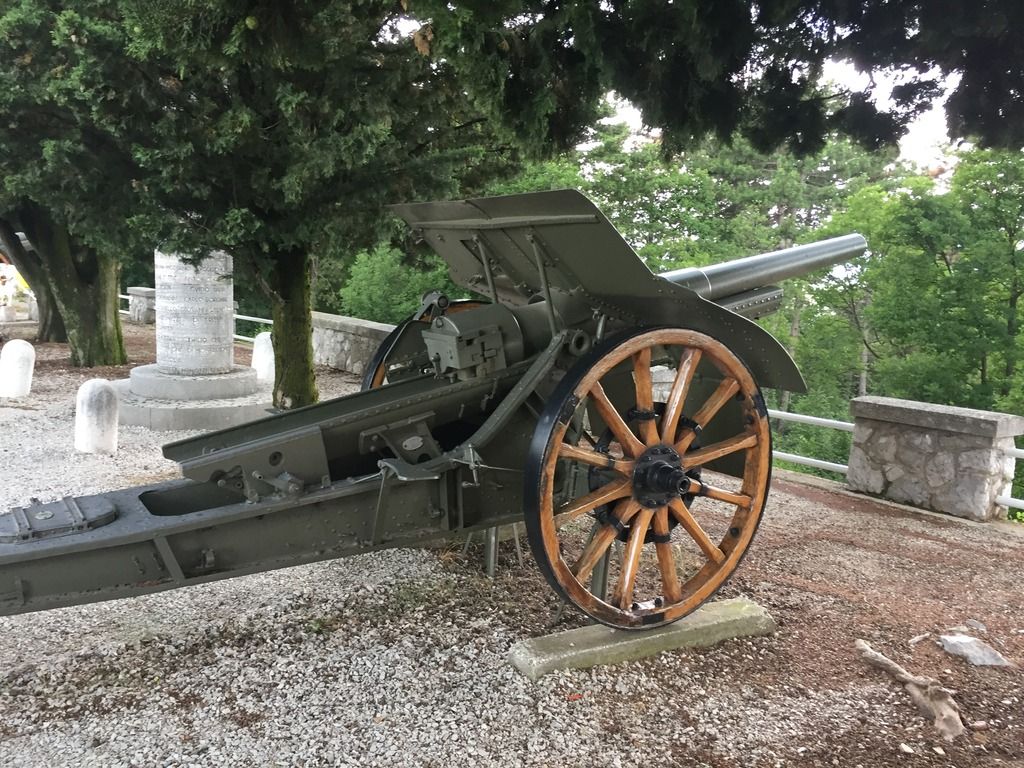
The old Austro-Hungarian first line on the Monte San Michele next to Gorizia, where heavy fightings took place in 1916. There the Austro-Hungarians used Poison Gas (Chlorine) for the first time. Contrary to the Western Front, where the gas can spread out the heavy gas clouds poisoned the valleys killing each and everyone there. Neither the Italians nor the Austro-Hungarians had adequate gasmasks in these days.
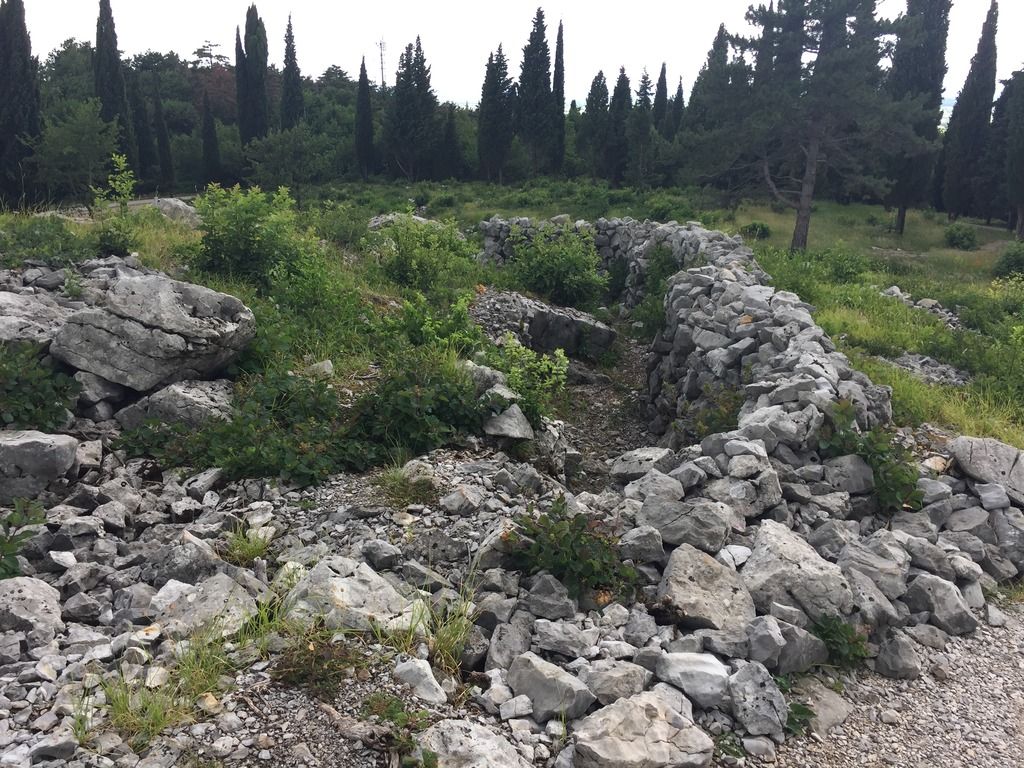
Not much Aviation related information in the museums. The Museum of the Great War at Gorizia is worth a visit as well.
Sadly the only Aviation related display case there:
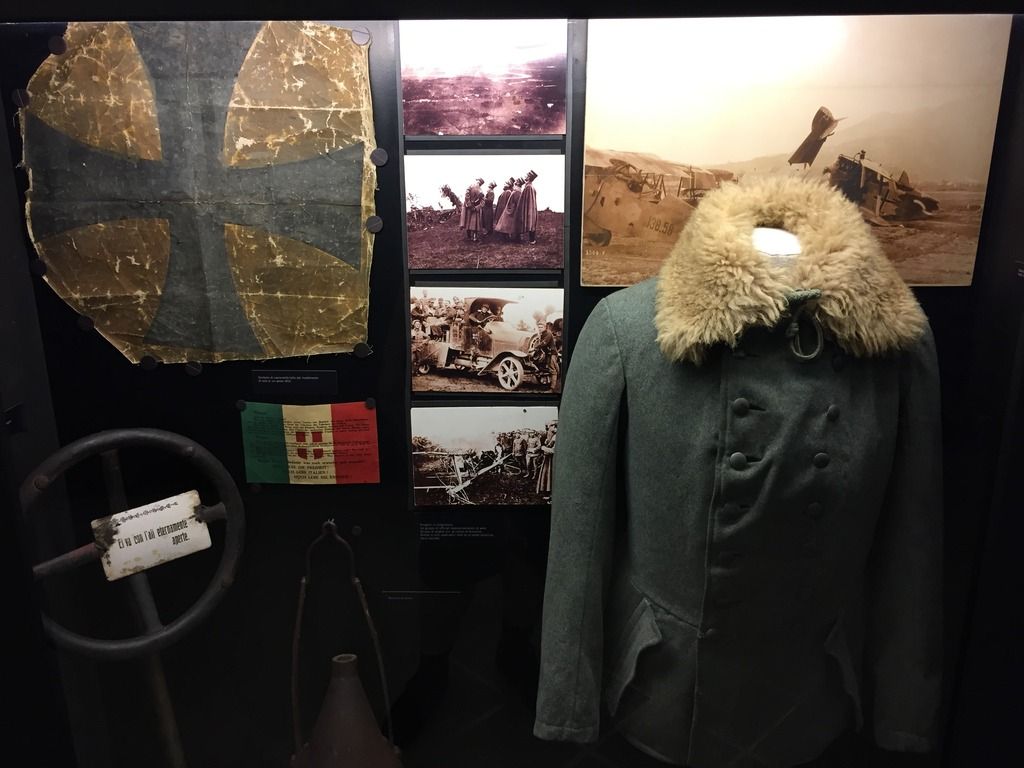
Original Austro-Hungarian marking in the background. I don't know if the white of the cross has faded over the years or if they toned it down. In the background a damagened Aviatik D. I, a Phoenix D. I or II and an OEFFAG C. I (?)
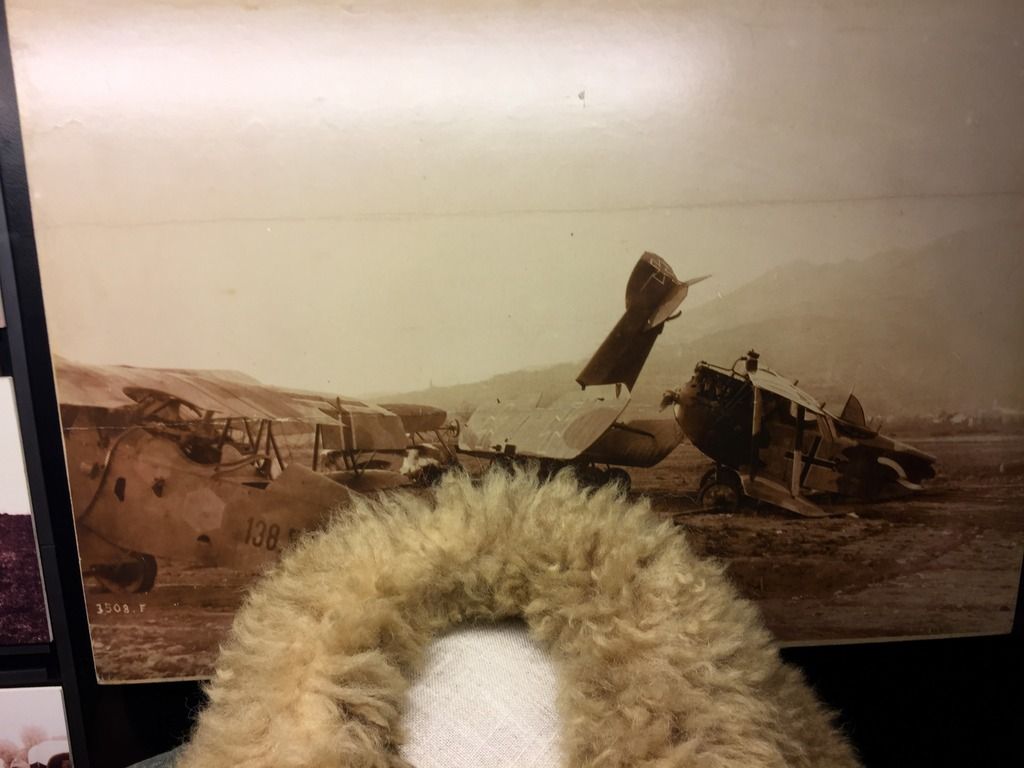
The battlefield reconstructed

Much Italian Equipment at the War and Peace museum in Trieste. I love these horse drawn carts...
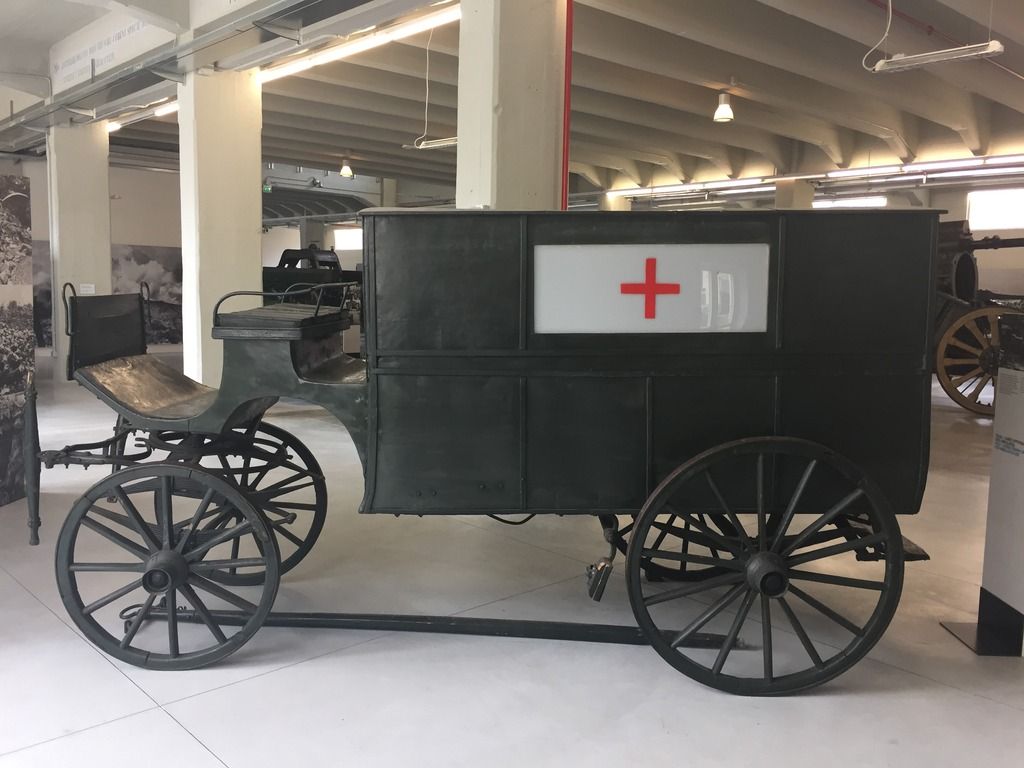
A beautifully restored 18to truck
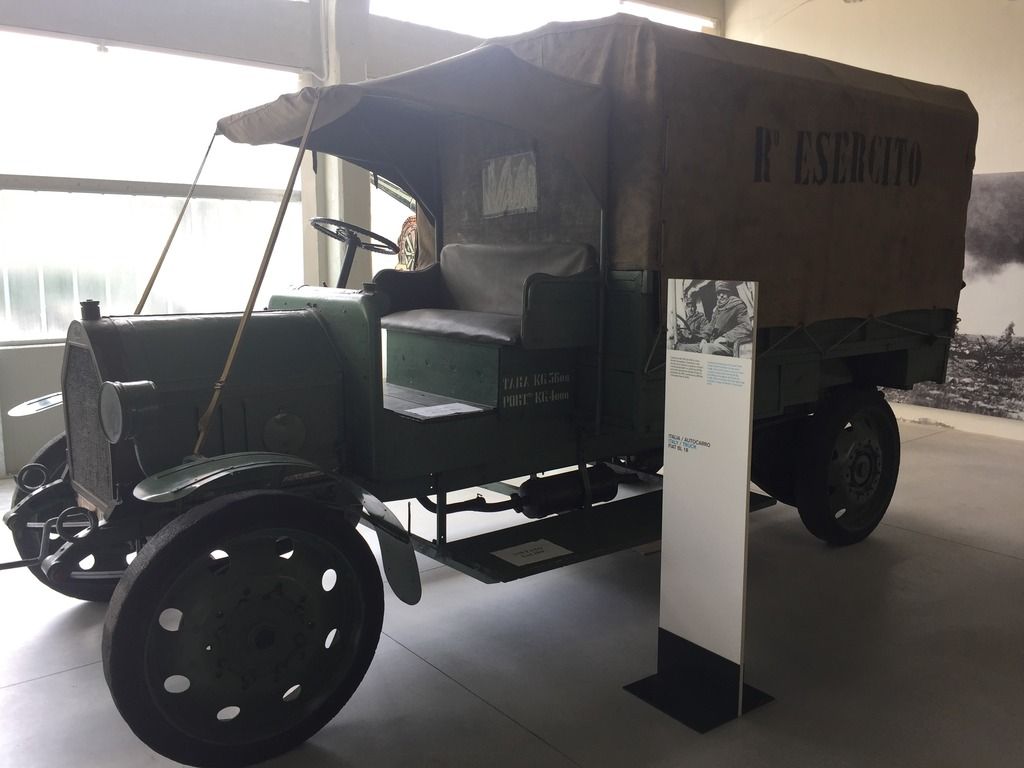
Lancia armoured car (post-WWI wheels)
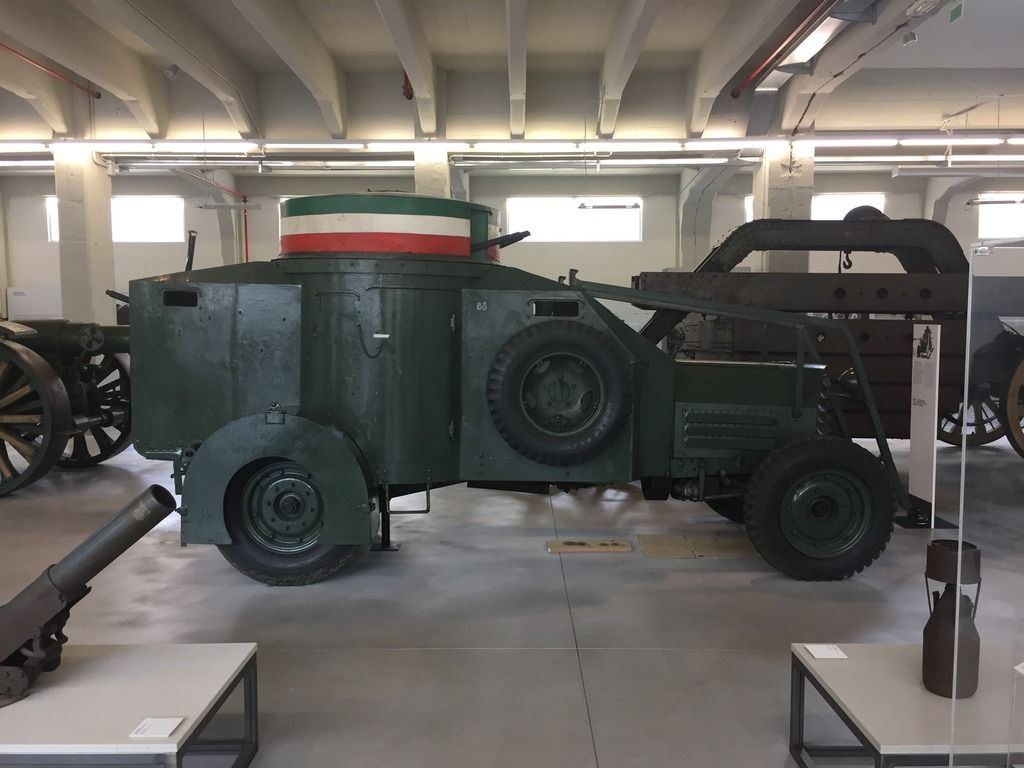
Austro-Hungarian aerial bomb
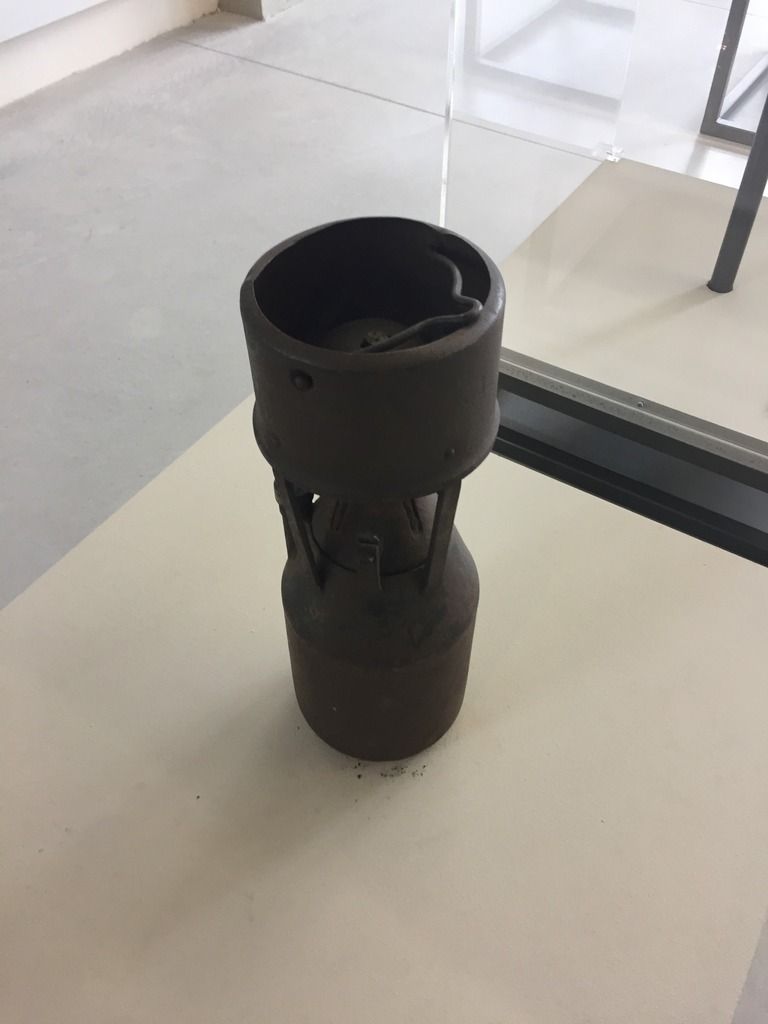
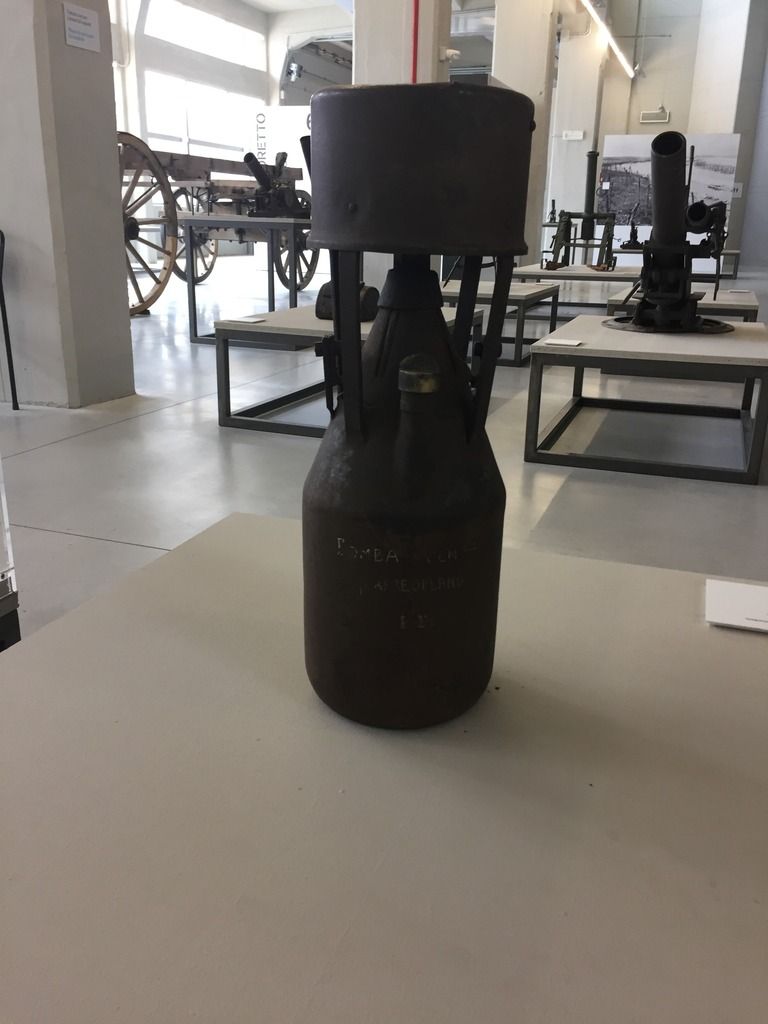
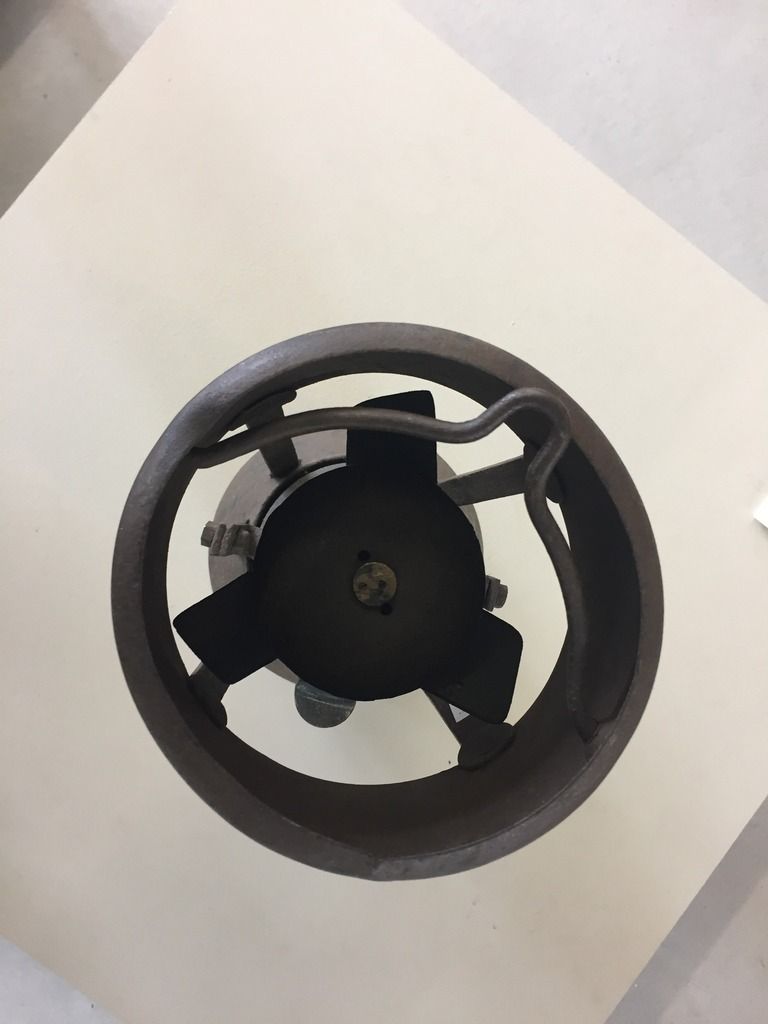
(Anybody more precise information?)
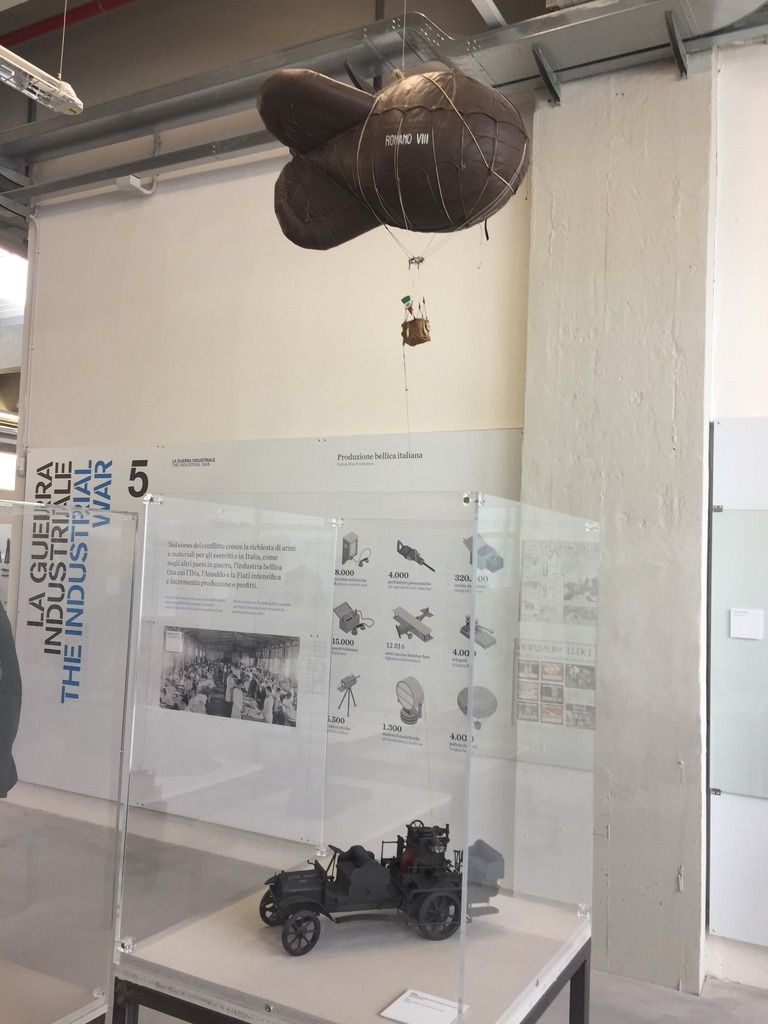
No information neither besides of "model of an Italian observation ballon".
Borsos